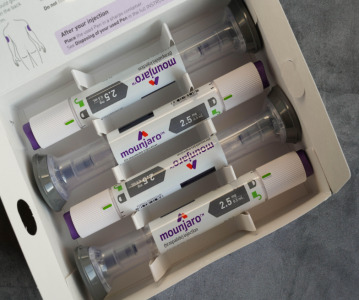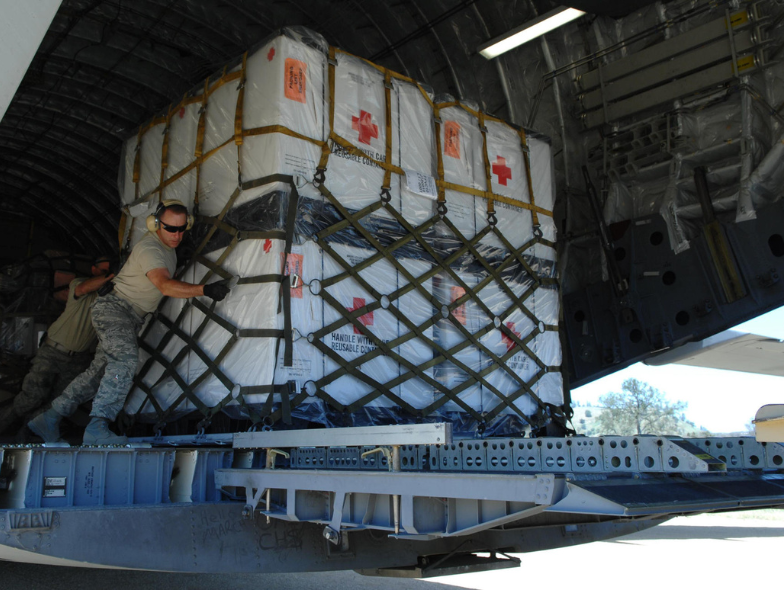Spinraza approved in the EU as first treatment for spinal muscular atrophy

Robust data from Phase III studies demonstrated positive impact on motor milestone achievement; increased survival in infants with SMA.
The European Commission (EC) has granted a marketing authorization for Spinraza (nusinersen) for the treatment of 5q spinal muscular atrophy (SMA). 5q SMA is the most common form of the disease and represents approximately 95% of all SMA cases. Spinraza, which was reviewed under the European Medicines Agency’s (EMA) accelerated assessment program, is the first approved treatment in the European Union (EU) for SMA, a leading genetic cause of death in infants.
“Today we join individuals and families affected by SMA across Europe in celebrating the approval of Spinraza. Based on the robust efficacy and safety profile demonstrated in the clinical trials, we believe Spinraza will have a meaningful impact on infants, children and adults living with this devastating disease,” said Michel Vounatsos, CEO at Biogen. “As part of our mission to improve the lives of those affected by SMA, we remain steadfast in our commitment to work with healthcare professionals, advocacy groups and government agencies to ensure people who could benefit from SPINRAZA receive access to this important treatment as quickly as possible.”
The approval of Spinraza is primarily based on results from two pivotal multicenter, controlled studies, including end of study data from ENDEAR (infantile-onset SMA) and an interim analysis of CHERISH (later-onset SMA), both of which demonstrated the clinically meaningful efficacy and favorable benefit-risk profile of Spinraza. The approval was also supported by open-label data in pre-symptomatic and symptomatic individuals with, or likely to develop, Types 1, 2 and 3 SMA.
In the ENDEAR end of study analysis, a statistically significant greater percentage of patients achieved the definition of motor milestone responder in the Spinraza group (51%) compared with the sham-control group (0%). Some infants in the Spinraza group achieved motor milestones including full head control, ability to roll, sitting, and standing. Additionally, infants treated with Spinraza demonstrated a statistically significant reduction (47%) in the risk of death or permanent ventilation.
In the CHERISH pre-specified interim analysis, there was a statistically significant and clinically meaningful improvement in motor function in children with later-onset SMA (most likely to develop Type 2 or Type 3) treated with Spinraza compared with untreated children. Improvements were measured by the Hammersmith Functional Motor Scale Expanded (HFMSE) and demonstrated a treatment difference of 5.9 points in the mean change from baseline to Month 15 in the HFMSE score.
“The overall clinical findings support the efficacy and safety of Spinraza in a broad range of individuals with SMA, including significant improvements in motor development and reduction in risk of death in infants,” said Prof. Dr Jan Kirschner from the Medical Center University of Freiburg, Germany. “These unprecedented improvements bring new hope to a community where there previously were no approved treatments available to address the loss of motor function over time. We are now seeing motor improvements with Spinraza that are never seen in the natural course of the disease.”The timing of Spinraza availability in the EU will vary by country, per local reimbursement and access pathways. Biogen has been working with health systems and government agencies across the EU to help patients secure access to Spinraza.
In 2016, in response to the urgent need for treatment for the most severely affected individuals living with SMA, Biogen sponsored one of the largest, pre-approval Expanded Access Programs (EAP) in rare disease free of charge. The EAP has led to the initiation and ongoing treatment of more than 350 eligible individuals with infantile-onset SMA (most likely to develop Type 1) in 17 European countries.
Related News
-
News The next 15 drugs up for negotiation with Medicare include several blockbusters
By now, everyone is quite familiar with the drug price negotiations taking place between drug companies and the Centres for Medicare & Medicaid Services (CMS) in the USA as part of measures being taken to reduce the cost of drugs for patients, to make ... -
News PSCI Welcomes Delpharm, Samsung Biologics, and Suven as First Supplier Partners
The pharmaceutical industry continues to evolve with an increasing focus on responsible sourcing, sustainability, and collaboration across the supply chain. Under a new model to recognise suppliers within the pharmaceutical and healthcare industry that... -
News Drug prices agreed upon as part of the US Inflation Reduction Act
The Inflation Reduction Act brought into constitution by the Biden administation in 2022, which proposed a drug price negotiation between the government and pharmaceutical companies, has reached it's first agreement. -
News Eisai Alzheimer’s drug authorised in UK but still faces obstacles
In partnership with BioArctic AB, pharmaceutical company Eisai has been granted Marketing Authorisation by the Medicines and Healthcare products Regulatory Agency (MHRA) for its Alzheimer’s disease drug product Leqembi. -
News Eli Lilly's weight loss drugs removed from the FDA's shortage list
The US FDA have recently updated their drug shortage list. The recently released list shows that all dosage forms of Eli Lilly's weight-loss drug Zepbound and their diabetes drug Mounjaro are now available. -
News Global advancements in the diagnosis and treatment of rare diseases: Rare Disease Day 2024
Rare Diseases Day is celebrated on the 29th February 2024 and represents the plight of rare disease patients to gain diagnosis and access to suitable treatment. -
News Pharmaceutical industry supports COP28 health stance in joint statement
As COP28 takes place over this week in Dubai, UAE, several bodies in the pharmaceutical and health industries have come together to announce support of key movements in sustainability in the sector, and to recognise sustainability as a health issue.&nb... -
News Biden backs Cold-War measures to shore-up medical supply chains
In a recent strategy to combat rising inflation and the cost of living crisis, President Joe Biden has invoked a Cold War-era act to increase investment in a selection of medicines and supplies.
Position your company at the heart of the global Pharma industry with a CPHI Online membership
-
Your products and solutions visible to thousands of visitors within the largest Pharma marketplace
-
Generate high-quality, engaged leads for your business, all year round
-
Promote your business as the industry’s thought-leader by hosting your reports, brochures and videos within your profile
-
Your company’s profile boosted at all participating CPHI events
-
An easy-to-use platform with a detailed dashboard showing your leads and performance



.png)



